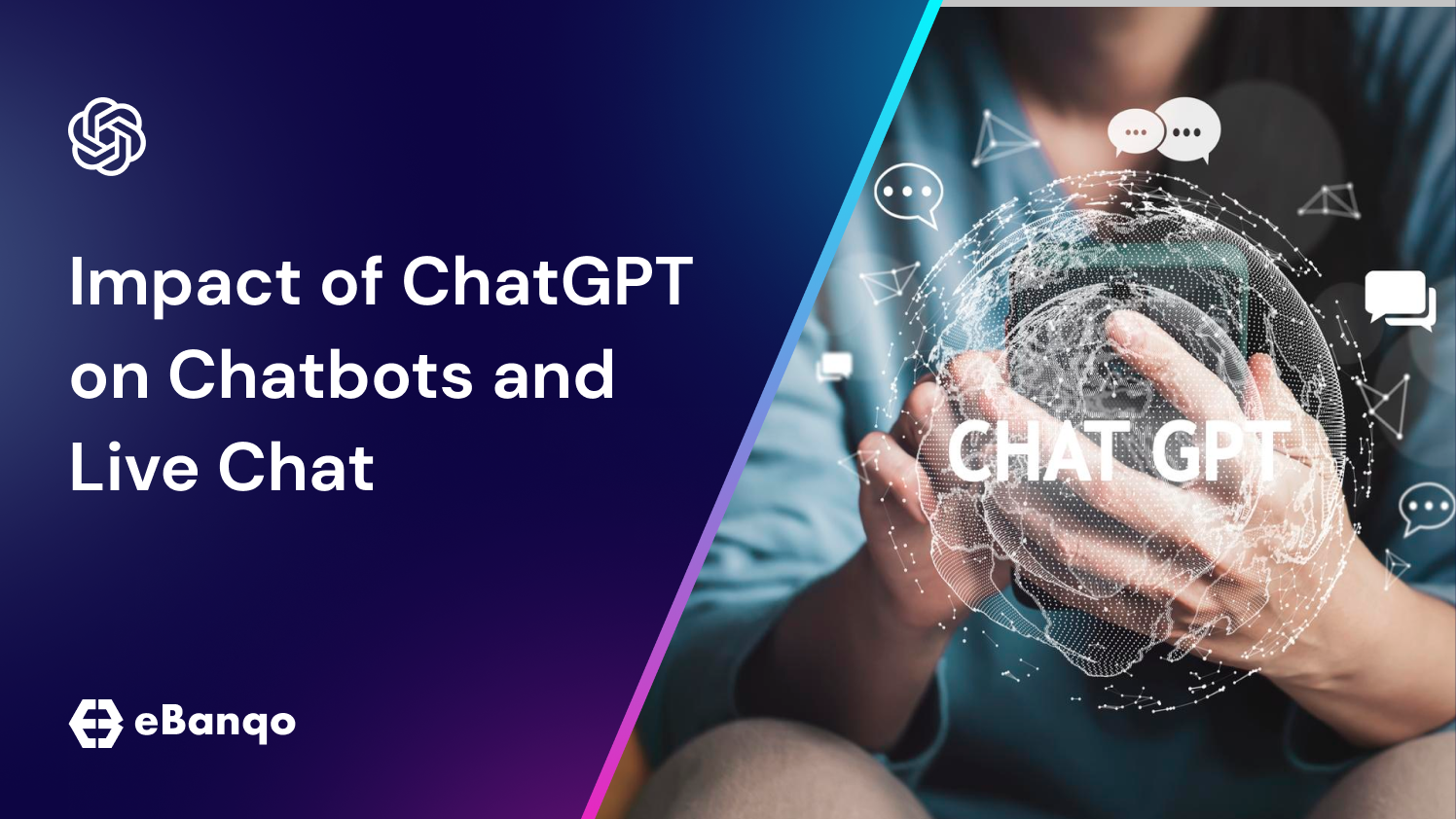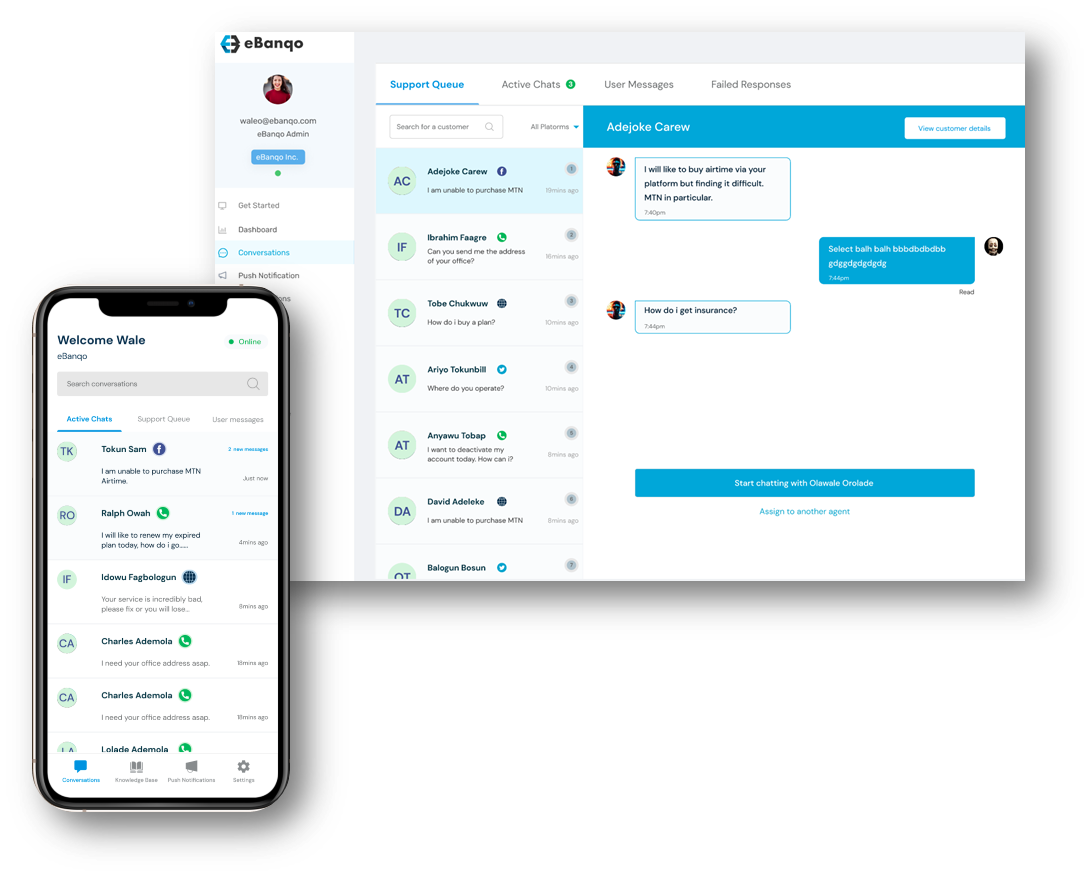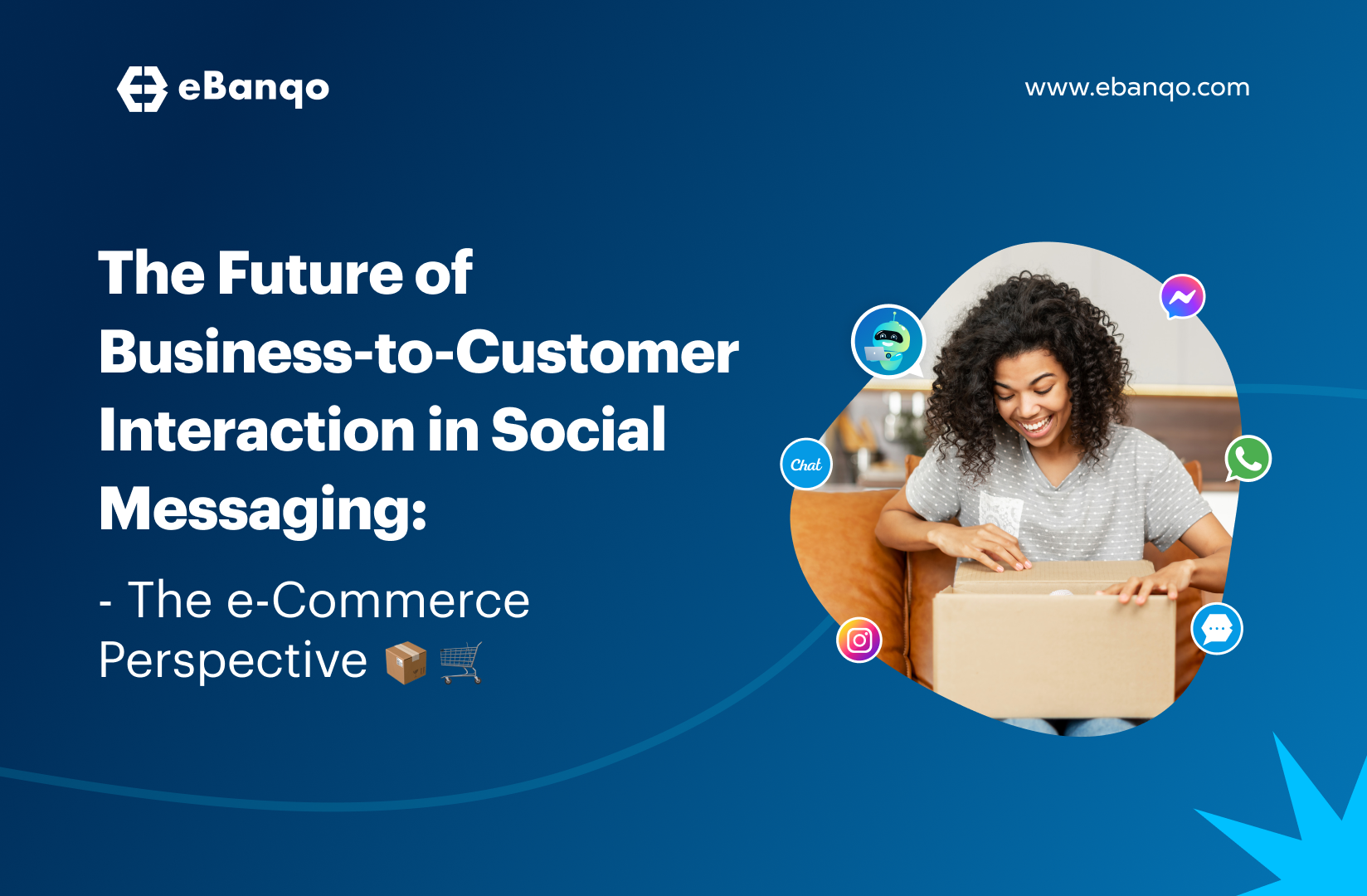
2023 – The year of ground-breaking Artificial Intelligence…One of which is; ChatGPT. Now let us look at the boring stuff…
ChatGPT is a natural language processing model designed by OpenAI to simulate human-like conversations. It can understand and generate natural language text using a deep neural network architecture called the Transformer. ChatGPT has been trained on a vast amount of text data to provide coherent and context-appropriate responses to a user’s question or query.
In this article, we will focus on the possible impacts of ChatGPT on Chatbots and Live chat for customer engagement. And here’s why; with the rise of several digital channels of communication, it has become crucial for businesses and organizations to engage with their customers through online means and so, it is necessary to understand the impact of AI on these channels of communication (Chatbots and Live Chat).
Let’s jump right into this AI that has the potential to revolutionise customer engagement via chatbots and live chat. ⤵️
The Role of Chatbots and Live Chat in Customer Engagement
Chatbots and Live Chat are two of the most popular communication channels for customer engagement.
A chatbot is a conversational program that improves customer service, engagement, and support by taking the place of or enhancing human customer service representatives with artificial intelligence (AI) and other automation technologies that can converse via chat with users. In simpler terms; Chatbots can hold the other end of a conversation with a user by mimicking the human-like way of conversing.
Live chat, on the other hand, combines real-time conversation of live agent and customer with the ability to share links, collect information, read users’ emotions and reply accordingly. It is the most common method of customer-business engagement.

These tools enable businesses to provide personalized and timely responses to customer inquiries, resulting in higher customer satisfaction and loyalty. Engaging customers and adding value to their experience will always keep your brand at the front of their minds. The better engaged they are, the longer you’ll be able to retain them, and the more loyal they will be to you. And so we highly recommend a combination of both communication channels.
How ChatGPT Works
ChatGPT, as we earlier said, is a machine learning model that utilises natural language processing to understand and generate human-like responses.
Natural Language Processing is a type of AI that enables computers to comprehend and interpret human language in addition to reading it. NLP enables computers to understand spoken or written text and carry out functions like speech recognition, sentiment analysis, and automatic text summarization.
While Machine learning is an application of AI that gives systems the capacity to spontaneously learn from experience and advance without specific programming. (Almost as if they’re learning and growing from experience).
ChatGPT is based on the transformer architecture and is pre-trained on a vast amount of text data. During training, it learns to predict the next word in a sequence of words and can generate text based on a given prompt. This allows it to generate responses to a user’s input in a conversational manner.
Think of voice-enabled applications such as Alexa, Siri, and Google Assistant, these systems also use NLP and Machine Learning (ML) to answer our questions, add activities to our calendars and call the contacts that we state in our voice commands. And it’s similar to how ChatGPT works as well, but its result is displayed in text format. A text conversation between two old friends.🥂
Impact of ChatGPT on Chatbots and Live Chat
The integration of ChatGPT with chatbots and live chat has had a significant impact on customer engagement.
ChatGPT can be used in chatbots and other applications when it’s important to create material that sounds like it was written by a human. It can be customized for specific uses and has been used to find resources, seek personalized answers to questions, write code, write stories, and produce news articles.
It has also been observed that Chatbots powered by ChatGPT can handle more complex queries and also respond more quickly and cost-effectively than live agents, resulting in faster problem resolution times and reduced operational costs.
Real-Life Examples of Al-powered Chatbots in Action
Several businesses have already integrated ChatGPT into their chatbots and live chat systems, resulting in improved customer engagement.
For example, the airline KLM uses a chatbot powered by ChatGPT to answer customer queries about flight schedules, baggage allowances, and other travel-related questions. The chatbot can understand and respond to user input in multiple languages, resulting in a more seamless and personalized customer experience. Awesome right?
Another example is the online retailer Sephora, which uses a chatbot to help customers find the right products based on their skin type, preferences, and budget. The chatbot can provide personalised recommendations and can answer questions about product availability and pricing.
The above examples indicate why every business should introduce AI-powered chatbots into their customer support communication channels. As the kids say; AI is the future!
Challenges and Future Directions
While ChatGPT has shown great promise in improving customer engagement, there are still some challenges that need to be addressed.
One of the main challenges is the potential for bias in the training data, which can result in biased responses. It shares similarities with a child, it learns and responds to whatever data you feed it.
As with any automated system, ChatGPT may make mistakes or provide incorrect information. Another challenge is the need for more sophisticated conversational agents that can handle more complex queries and provide more nuanced responses. ChatGPT may not be able to provide the same level of personalization as a human customer service representative, which can lead to a less satisfactory experience for the customer.
Despite these challenges, ChatGPT has the potential to transform customer engagement in the future by enabling more personalised engaging conversations and precision in addressing customer inquiries.
But until then, your business or organisation should utilise several other competent and easily accessible AI-powered chatbots for its communication channels.
Conclusion
Your business can increase client loyalty and satisfaction by providing tools for more personalised and rapid problem-solving conversations.
The combination of ChatGPT and chatbots and live chat platforms has already yielded encouraging results, and the technology is set to revolutionise customer engagament going forward.
As companies continue to diversify into more efficient means to improve customer engagement, we hope you don’t get left behind and we encourage you to take a chance on AI.
If you require more clarification or information on how you can Integrate into our chatbot system , drop us a note at hello@ebanqo.com, we’ll be more than happy to help.





